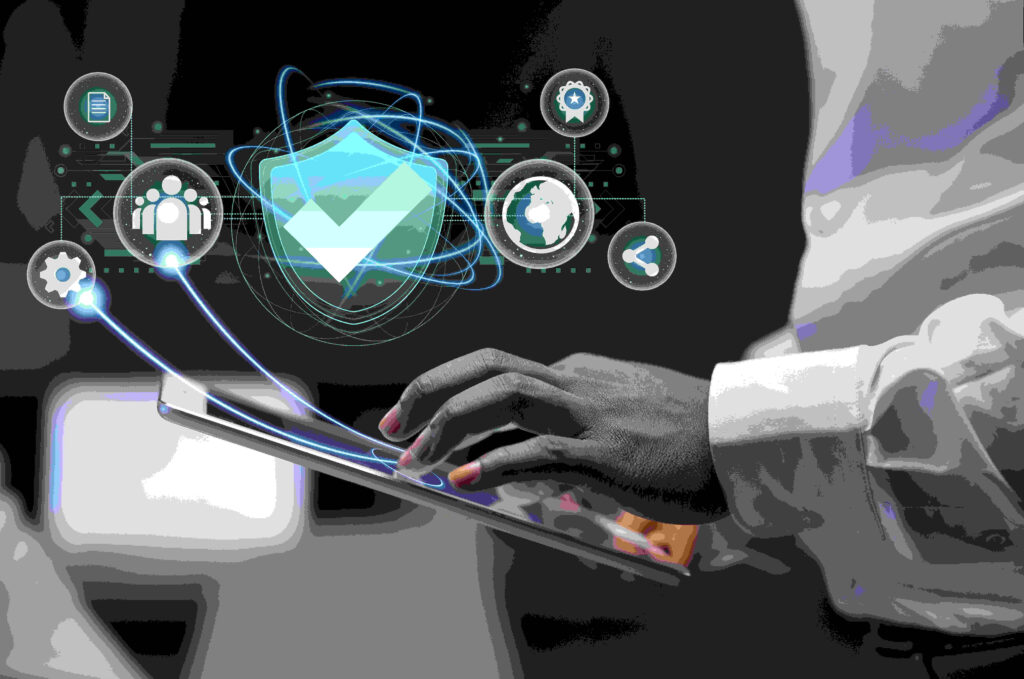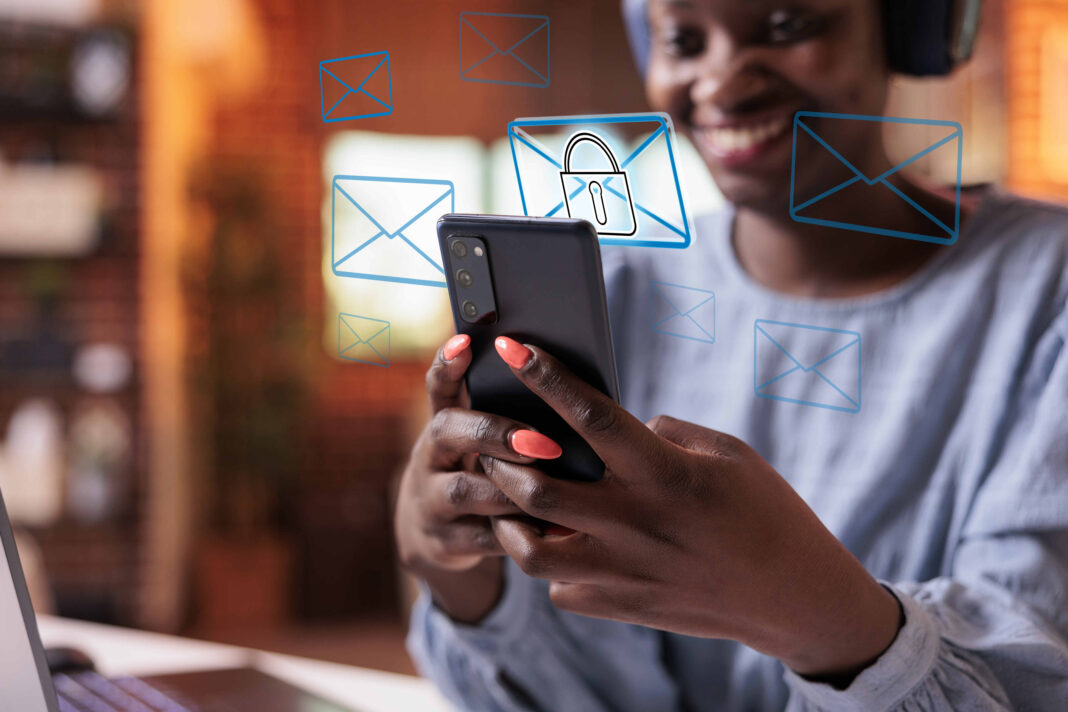Email accounts are among the most critical components of our online lives. They serve as gateways to personal information, financial data, and professional communications. Unfortunately, this makes them a prime target for hackers. Securing your email account is not just a recommendation—it’s a necessity. This comprehensive guide will explore actionable steps to protect your email account from unauthorized access, ensuring your data remains safe and private.

Why Email Security Matters
Email accounts are often linked to other online services, such as social media, banking, and cloud storage. If a hacker gains access to your email, they can potentially reset passwords, steal sensitive information, and even impersonate you. The consequences of a compromised email account can range from identity theft to financial loss. Understanding the risks is the first step toward securing your account.
Creating a Strong Password
The Importance of a Strong Password
A strong password is your first line of defense against hackers. Weak passwords are easy to guess or crack using brute force attacks. A strong password should be at least 12 characters long and include a mix of uppercase and lowercase letters, numbers, and special characters.
Tips for Creating a Strong Password
- Avoid using easily guessable information like your name, birthdate, or common words.
- Use a passphrase—a series of random words or a sentence that’s easy for you to remember but hard for others to guess.
- Consider using a password manager to generate and store complex passwords securely.
Common Password Mistakes to Avoid
- Reusing passwords across multiple accounts.
- Writing down passwords in easily accessible places.
- Sharing passwords with others, even if they seem trustworthy.
Enabling Two-Factor Authentication (2FA)
What is Two-Factor Authentication?
Two-factor authentication adds an extra layer of security to your email account. In addition to your password, you’ll need to provide a second form of verification, such as a code sent to your phone or generated by an authentication app.
How to Set Up 2FA
- Go to your email account’s security settings.
- Look for the option to enable two-factor authentication.
- Follow the prompts to link your phone number or authentication app.
- Test the setup to ensure it works correctly.
Benefits of 2FA
- Even if a hacker obtains your password, they won’t be able to access your account without the second factor.
- It provides an additional layer of security for sensitive actions, such as changing your password.
Recognizing and Avoiding Phishing Attacks
What is Phishing?
Phishing is a type of cyber attack where hackers attempt to trick you into revealing sensitive information, such as your email password, by posing as a legitimate entity.
Common Signs of Phishing Emails
- Emails that create a sense of urgency, such as claiming your account will be closed unless you act immediately.
- Messages with suspicious links or attachments.
- Poor grammar or spelling errors.
How to Protect Yourself from Phishing
- Never click on links or download attachments from unknown senders.
- Verify the sender’s email address to ensure it’s legitimate.
- Use email filtering tools to block phishing attempts.
Regularly Updating Your Email Account
Why Updates Matter
Email providers frequently release updates to address security vulnerabilities. Failing to update your email account or associated apps can leave you exposed to known threats.
How to Keep Your Account Updated
- Enable automatic updates for your email app or software.
- Regularly check for updates manually if automatic updates are not available.
- Stay informed about security patches released by your email provider.
Using Secure Networks
The Risks of Public Wi-Fi
Public Wi-Fi networks are often unsecured, making it easy for hackers to intercept your data. Accessing your email account on such networks can put your information at risk.
How to Stay Safe on Public Wi-Fi
- Avoid logging into your email account on public Wi-Fi unless absolutely necessary.
- Use a Virtual Private Network (VPN) to encrypt your internet connection.
- Ensure your device’s firewall is enabled.
Monitoring Your Account Activity
Why Monitoring is Important
Regularly checking your email account activity can help you detect unauthorized access early. Most email providers offer tools to review recent login attempts and devices connected to your account.
How to Monitor Your Account
- Review your account’s security settings for activity logs.
- Set up alerts for unusual login attempts.
- Immediately change your password if you notice suspicious activity.
Encrypting Your Emails
What is Email Encryption?
Email encryption scrambles the content of your emails, making it unreadable to anyone who intercepts it. This is especially important for sensitive information.
How to Encrypt Your Emails
- Use email services that offer end-to-end encryption.
- Install encryption software or plugins for your email client.
- Educate yourself on how encryption works to ensure you’re using it correctly.
Backing Up Your Email
The Importance of Backups
Backing up your emails ensures that you don’t lose important information if your account is compromised or accidentally deleted.
How to Back Up Your Emails
- Use your email provider’s built-in backup tools.
- Export your emails to an external hard drive or cloud storage.
- Schedule regular backups to keep your data up to date.
Educating Yourself on Email Security Best Practices
Staying Informed
Email security is an ever-evolving field. Staying informed about the latest threats and best practices can help you stay one step ahead of hackers.
Resources for Learning
- Follow reputable cybersecurity blogs and news outlets.
- Attend webinars or workshops on email security.
- Join online communities focused on cybersecurity.
Frequently Asked Questions (FAQ)
1. What should I do if my email account is hacked?
If you suspect your email account has been hacked, immediately change your password and enable two-factor authentication. Review your account activity for any unauthorized access and contact your email provider for further assistance.
2. How often should I change my email password?
It’s recommended to change your email password every 3-6 months. However, if you suspect any security breach, change it immediately.
3. Can I recover my emails after a hack?
If you’ve backed up your emails, you can recover them easily. If not, contact your email provider to see if they can restore your account.
4. Is it safe to use third-party email apps?
While many third-party email apps are secure, it’s essential to research their security features and read reviews before using them. Stick to reputable apps from trusted developers.
5. What’s the difference between phishing and spam?
Spam is unsolicited email, often used for advertising. Phishing, on the other hand, is a malicious attempt to steal your information by posing as a legitimate entity.
Conclusion
Securing your email account is a continuous process that requires vigilance and proactive measures. By following the steps outlined in this guide—creating strong passwords, enabling two-factor authentication, avoiding phishing attacks, and staying informed—you can significantly reduce the risk of your email account being hacked. Remember, your email is more than just a communication tool; it’s a gateway to your personal and professional life. Protect it accordingly.

